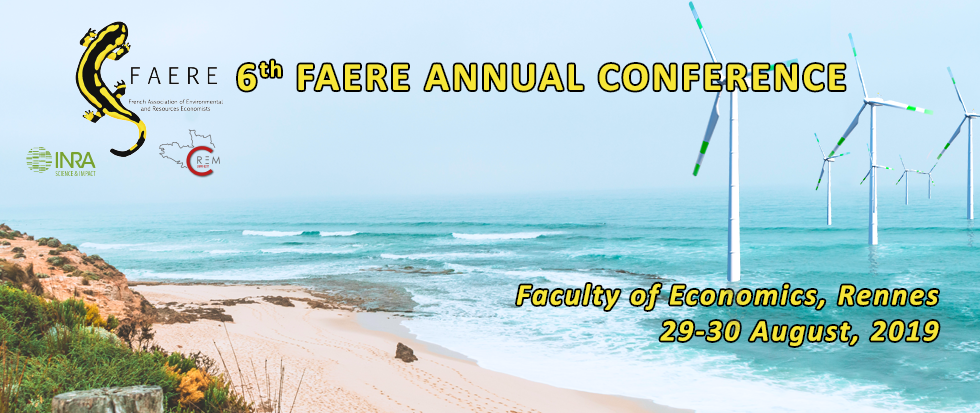We experimentally study to what extent a label attached on a strategy may affect players' choices in a 2x2 symmetric stag hunt game. The novelty of our study is twofold. First, we attach a label on only one strategy at a time in order to figure out whether it is possible to influence the frequency of choice of that strategy and its related equilibrium, despite the game's selection criteria (payoff-dominance and risk-dominance). Second, we test the impact of the valence of the label (positive vs negative). Our experimental protocol is composed of five treatments that differ only with regards to the content of the label (valence) and the strategy it is attached on. The two main results of our study are (i) the label drastically changes the coordination issue, and (ii) a negative valence has a stronger effect than a positive one. Therefore, even in the presence of a strategic interaction and several selection criteria, it is possible to influence the issue reached by a pair of players with a simple element of contextualization.

The influence of labels in an experimental stag hunt game
1 : CEE-M
CNRS & Université de Montpellier
2 place Pierre Viala 34000 Montpellier -
France
2 : UMR G-EAU
CIRAD
Campus Irstea - 361, rue Jean-François Breton – BP 5095 – 34196 Montpellier Cedex 5 -
France
3 : CEE-M
(CEE-M)
CNRS Université de Montepellier
34960 Montpellier cedex 2 -
France
4 : BETA
* : Corresponding author
CNRS, Université de Strasbourg
61 avenue de la Forêt Noire 67000 Strasbourg -
France


